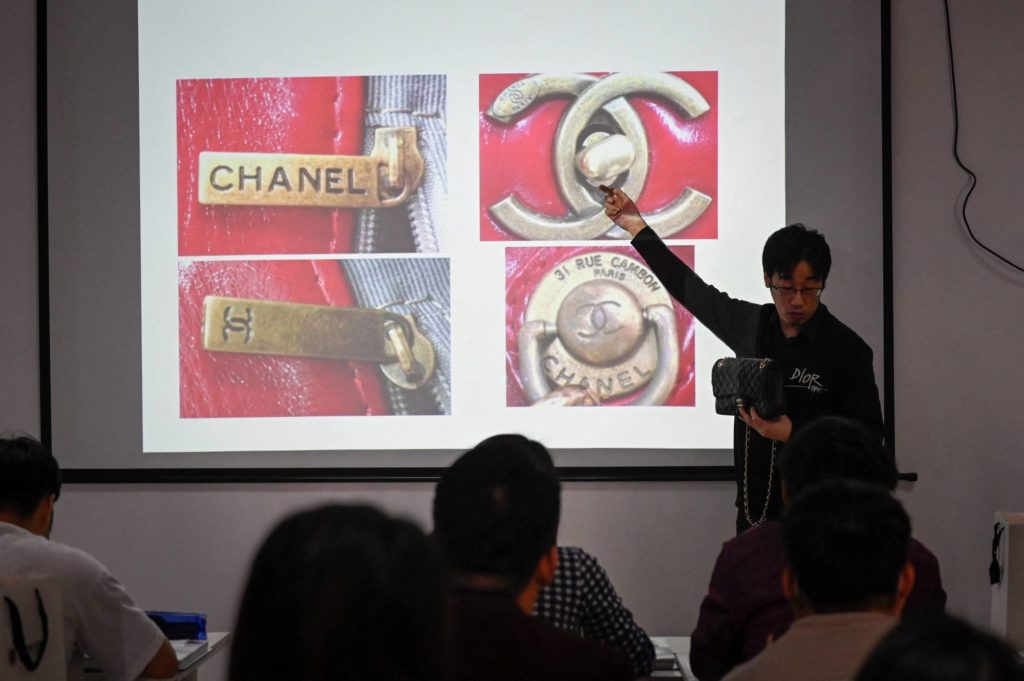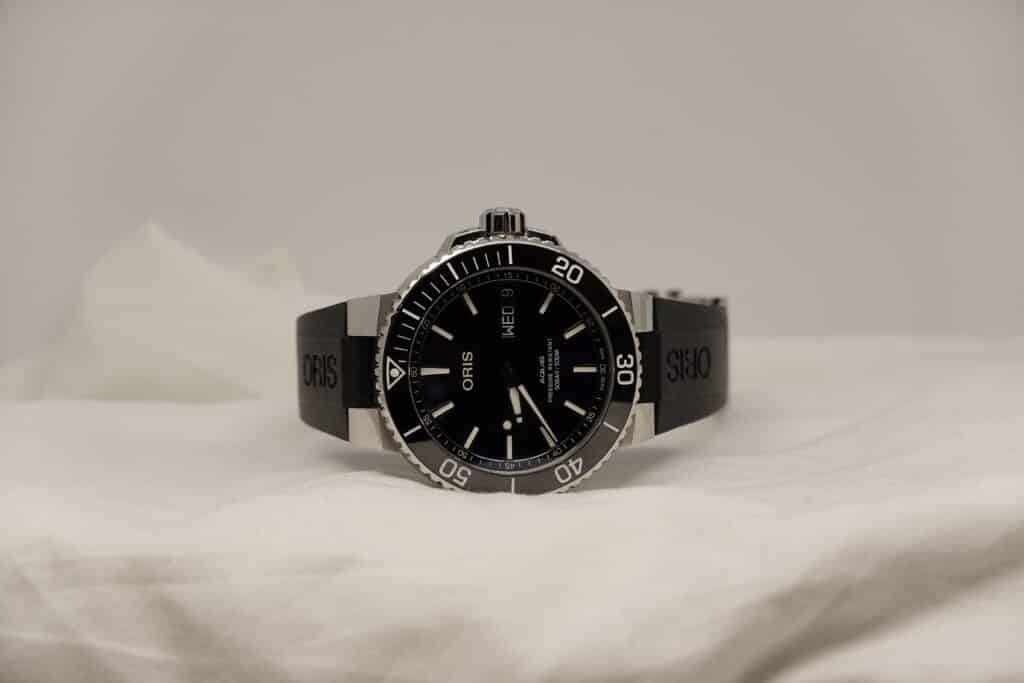Pre-owned luxury goods appraiser: A Hot job for the industry

It is the world’s largest market for luxury – and also for counterfeit products. As the second-hand trade is finally taking root in China, the expertise of a copy detector is gaining in value … in the form of well-billed small courses.
A Swiss watch, a Hermès bag or Prada-stamped rubber boots. Using a magnifying glass, Zhang Chen carefully examines logos, stitching and serial numbers to distinguish the true from the false.
Most people are fooled by “good imitations that differ little” from the original, admits Mr. Zhang, who has founded his own establishment in Beijing: the Commercial School of Large Luxury Goods.
The man gives his expert advice on the bogus handbag in front of a packed class.
Price of the seven-day course: 15,800 yuan (2,000 euros). A price that is worth it according to Zhang Chen, if you want to survive in a booming second-hand market.
The Chinese luxury market represents the astronomical sum of around 4 trillion yuan (500 billion euros), according to the market research firm UIBE Luxury China.
“The Chinese buy a third of luxury products sold in the world but their resale rate, at 3%, is much lower than the 25% to 30% observed in Western countries,” Zhang Chen relativizes.
- Counterfeiters in recycling –
For those who take the plunge, knowing how to recognize imitations is essential to avoid scams.
“The lining of a black Chanel handbag must be pink”, launches the professor to his students, young men and women who listen attentively.
Under an ultra-violet lamp, the trainees examine the serial numbers of the French brand.
“The secret is that there are two letters that shine,” explains the specialist, himself a luxury expert in Japan.

Knowing how to distinguish the font of a logo can allow “to recognize a third of the copies on the market”, he adds.
For Xu Zhihao, a 31-year-old trader, investing in the second-hand seems like a good deal, as potential clients are ready to afford the object of their dreams without spending too much.
“A beautiful bag can be resold very well”, assures the young man, who considers the market “similar to the financial products that I currently sell”.
A large Louis Vuitton bag from the Neverfull range easily sells for 9,000 yuan (over 1,000 euros) after two years, or a discount of only 20%, while a Gabrielle handbag from Chanel easily retains 60%. 70% of its value.
- Ten seconds is enough –
The products must of course remain in good condition.
“Pay attention to the marks left by the nails,” says Zhang Chen. “Manicures are all the rage right now.”
Among his students, the teacher has spotted former counterfeiters, but he reassures himself: they come to retrain themselves in honest professions.
Zhang Chen says it usually only takes 10 seconds to determine whether a product is genuine or not.
In addition to these courses, the expert provides online diagnostics. Some customers send him pictures of watches or clothes for him to decide.
But the profession is evolving and the big brands are betting on technology to defend their products, which some have started to equip with electronic chips in order to guarantee their origin.
In Beijing, the expert Zhang does not fear to find himself unemployed. “All technology has its Achilles heel”, he philosophizes. “The market for the identification of luxury goods will always exist, although the methods will have to adapt.”
Credit article AFP



Responses